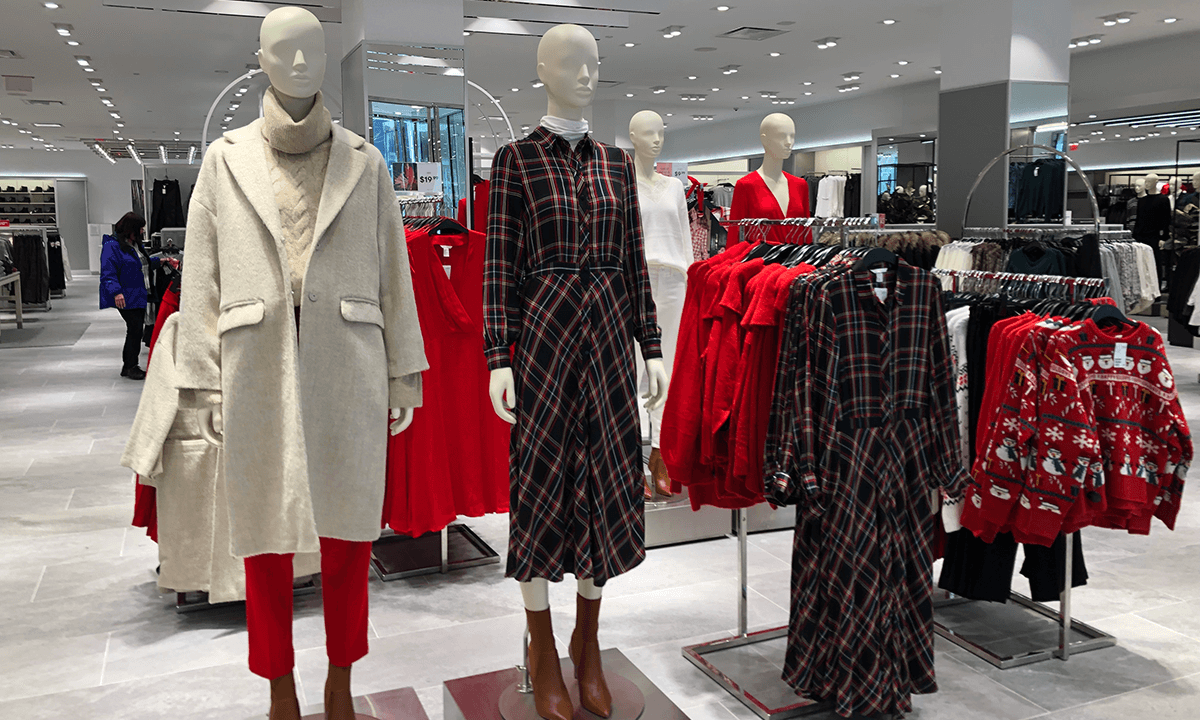Brick and mortars will never die

From the Desk of the COO
E-commerce has inextricably changed the way we shop. There is absolutely no denying that. In the last six months alone 83% of U.S. consumers made a purchase on Amazon, and when asked about their shopping behavior prior to making a retail purchase in a physical store, 39% of consumers visited a brand’s website, 36% read customer reviews, and 33% attempted to price match the product online. The rapid and mass adoption of online retail has led to a widespread belief that traditional brick and mortar shops can no longer compete in an increasingly digital consumer environment and therefore will eventually meet their demise.
While there is no question that online shopping has made a significant, and damaging, impact on malls and shopping centers across America, the idea that brick and mortar retail will fall by the wayside is completely absurd. That’s like saying cash or credit cards will drown in the wake of cryptocurrency, or that electric cars will render gas-powered automobiles obsolete (sorry, Elon). Sure, new technology and trends may change the way we play the game, but the game itself does not simply die out as a result.
Take, for example, the emergence of Amazon … or rather Amazon 1.0. The e-commerce giant we know today began as an online retailer of books (a fact that may be completely lost on the current generation of buyers who ironically make a staggering 90% of their purchases online). After launch, there was ensuing fallout from places like Borders, Waldenbooks, and other brick and mortar booksellers who could not compete and were forced to shutter their doors for good. However, despite the so-called demise of the bookstore, we can still readily walk into a physical store, purchase a book, and be on our way without so much as consulting our phone.
Now, studies suggest that very few of us actually do that, but the fact remains that Amazon unequivocally did not wipe out the physical act of buying books inside a shop. Rather, they forced booksellers to reexamine how they package book-buying to customers. Large, corporate outfits like Barnes & Noble and Books-A-Million started opening Starbucks inside their stores and reimagining their space to function more like a library or café. Meanwhile, small, independent bookstores rode a wave of unprecedented growth around what Ryan Raffaelli, assistant professor in the Organizational Behavior unit at Harvard Business School, coined the ”3 C’s”: community, curation, and convening, which provided a consumer experience that could not be replicated in the digital world.
In many ways, we are seeing the same scenario play out in the retail sector. As consumers continue to flock online, retailers continue to reevaluate and revamp the entire shopping experience. Stores that were once stuffed with inventory and overhead have pared-down significantly to serve as part shop, part showroom (hello, Apple). Additionally, retailers have begun merging physical and retail efforts to bolster the likelihood of conversion to an increasingly well-versed and hyper-informed customer base. Things like on-site pick up and digitally generated discount codes redeemable in-store only have become standard practice. Marketing and maintaining a cohesive, consistent brand with strong core values across all channels, both real and virtual, has become paramount in appealing to a rapidly growing marketplace of brand conscious, experience driven buyers.
With that in mind, it seems there is a chicken-and-egg situation unfolding in today’s retail, and even more broadly, capitalist landscape. One where if you own a physical retail store it is absolutely imperative that you also have an online shop (and corresponding social media profiles) in order to stay competitive, and if you run an e-commerce shop selling physical goods, the ultimate goal is to open a brick and mortar storefront to serve as the physical manifestation of your brand that trumpets your values, gives you a true identity, and connects you directly with your customers. Why else would the largest online retailer in history be purchasing grocery store chains when they already have AmazonFresh, opening physical bookstores when they literally built their empire off selling books online, and have an entire page on their website dedicated to “Physical Retail”?
Beyond that, in the very simplest of forms, retail shopping is about feel. It’s about touch. Even if you order something online, is the transaction truly complete when you click the order button? The answer is a resounding no. Not until you receive the item and hold it in your hand have you completed the shopping experience. Consumers will almost always seek out the quickest, most convenient, and affordable route to complete a transaction, which in this day and age equates to ordering online. However, the measure of the transaction will never be judged simply on the method of acquisition, but rather on the quality of what was acquired and the satisfaction of the purchaser with the tangible item itself.
Success in today’s retail industry demands symmetry. It’s not about pitting one side against the other or choosing between online shopping and brick and mortar retail. It’s about aligning bricks with clicks. It’s about striking the right balance between the two and finding the sweet spot amongst this new consumer base which is highly sensitive to the concepts of access, convenience, price, and service. Brick and mortar retail will never die in the face of online shopping, it will continue to evolve alongside and enmesh itself with its digital counterpart in order to unlock new ways to serve the wants and needs of the consumer. And if the day ever comes when I can no longer physically shop for a new shirt in a retail store, I’ll eat that shirt … in 2-4 days. 

Sincerely,
Ezra Stark, Chief Operating Officer

